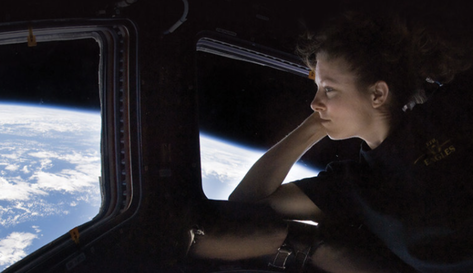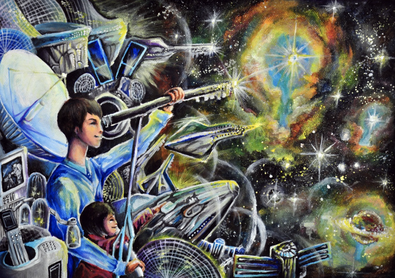Guide to Shape Your Design Your Habitat Experience
As we travel to a galaxy, orbit a stellar body or live on the surface of a moon or planet, we need to develop our own “ecosystem” with breathable air, water, and food, etc. to stay healthy and able to live and work.
For your ideal community in space, consider what we need to survive in space.
See links below to assist you in thinking, exploring and creating a visual art of your ideal space community. Submit your art online to Design Your Habitat 2.0 and share it on social media to connect with others!
For your ideal community in space, consider what we need to survive in space.
- What is the effect of space on our bodies and minds?
- What will we bring with us to build communities and what will we use as naturally available resources?
- How will we create a sustainable ecosystem?
See links below to assist you in thinking, exploring and creating a visual art of your ideal space community. Submit your art online to Design Your Habitat 2.0 and share it on social media to connect with others!
think
THINK About the DYH 2.0 Campaign
Explore
Explore These Resources
|
Science - What happens to the human body in space: Art - How space art has changed over time and influenced reality:
|
Create
Create Your Artwork
|
Ready - What are your ideas about your community?
Go - Show us your vision through your unique visual art by submitting to our system and sharing on social media!
|



